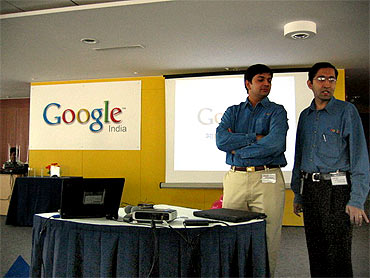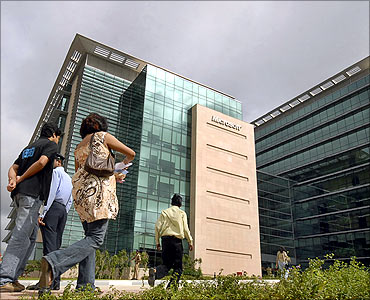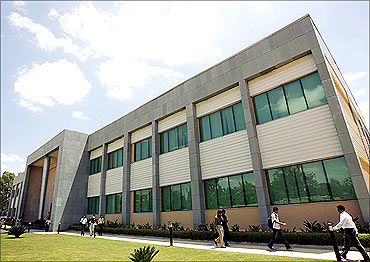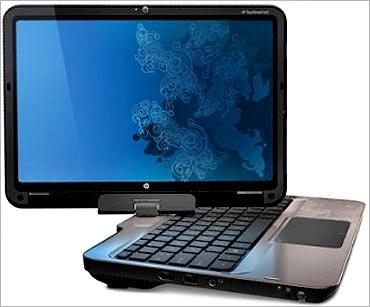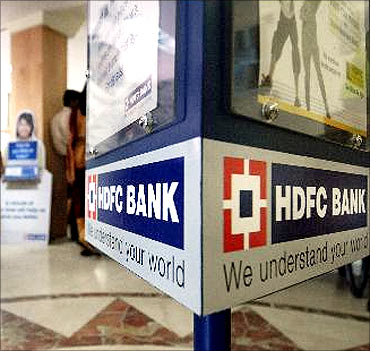Making sales appointments is an essential part of the sales process in all direct selling situations. You need a sales appointment to give us a platform where you can apply your excellent consultative sales skills to the advantage of both parties. But making those awful sales appointment calls! Who wants that much rejection? They do not even give you a chance!
Secret Number 1 – Use Active Motivators
You do not like making sales appointments? No-one does, and you never will! Do not even TRY to like making sales appointments. Appointment selling will never give you the pleasure that a good sales meeting can generate. You will never get that satisfying buzz of sales skills well used. Even a successful sales appointment call, where the prospect is happy to see you, will be a brief and an unsatisfying telephone call. This means that a successful sales appointment call is not in itself a motivator. You must look for other ways to motivate yourself to make these calls.
Plan each batch of appointment calls carefully. Make a list of prospects, and make sure it is long enough to allow for the multitude of no answer or voice mails. Set yourself very clear goals for each session, and vary the goals from one session to the next. Variety in goal focus is more motivating than always having the same target. For example you might set a target of 60 dials in one session, 20 contacts in the next and 3 appointments in the third. Work efficiently and effectively until you achieve your target, and then give yourself a nice reward! Again vary the reward, a different reward for each day or each week. The idea is to really work at giving you active motivators to foster success.
Secret Number 2 – Sell the Appointment, not the Product
Most direct sales people work on a consultative sales type approach, where you are doing a thorough fact find and offering which of your products or services will add value to your client’s needs. There are lots of questions, and a good deal of selling the value of your products. In direct selling, this is good. In selling an appointment, this is NOT good.
Remember that when the phone rings at your prospect’s desk, you will drop in unannounced. It would be totally inappropriate, therefore, to begin the conversation with a load of questions. This will trigger a justifiable negative reaction. Equally, if you try to sell the benefits of your products on the telephone call, why should the prospect bother seeing you? Remember your skills lie in the direct sales meeting, and you really need that sales appointment to perform. What this means is, do not attempt to sell your products. Sell the appointment. The value statements you will make are the benefits to the prospect of YOU sitting in front of him.
To prepare for your batch of calls, prepare a list of benefits of the APPOINTMENT. Why is it good for the prospect to spend 30 minutes of his time with you? What will he gain? Why will he be better off? Practice each one of these aloud, using strong positive benefit language. Then choose the right ones to use on your calls today.
Secret Number 3 – This is a Short Focussed Call
The successful sales appointment call is short. By that we do not mean rushed. On the contrary, the beginning of the call, as you introduce yourself, should be confident and gently paced. Your typical call structure should be something like -
1. Who you are, your name
2. Who your Company is, your Company name together with a one line promotion statement. Here we are impressing the prospect, giving them a positive reason why they should bother taking the call from that Company.
3. Your reason for calling today. You have wonderful products, or you are in the neighborhood, are NOT good reasons why a busy person should see you. You want to present a one line teaser that will be of benefit to this Customer. It could be as simple as, we have just launched a new range of products, or, we have revised our pricing schedule to offer more cost effective solutions. The reason you are calling today, HAS to be a definite reason.
4. Engaging question. You have done all the talking up to now, so it is time for the prospect to be involved. You want one question open question that will illicit some information, but will not allow the prospect to shut down the call. This must be a very specific question for your line of business, and you really only want to get the prospect to say a one line response.
5. Sell the benefits of the Meeting. Here we ask for 30 minutes of their time, and give 2 to 3 benefits of this meeting.
6. Go straight to gain agreement. Move immediately to a close, offering a range of times and days
Practice your sales appointment calls until you get the timing right. Remember it is short, driving towards the close very quickly. When you get it right, record it so that you can capture the language and feel of the successful appointment call.
Secret Number 1 – Use Active Motivators
You do not like making sales appointments? No-one does, and you never will! Do not even TRY to like making sales appointments. Appointment selling will never give you the pleasure that a good sales meeting can generate. You will never get that satisfying buzz of sales skills well used. Even a successful sales appointment call, where the prospect is happy to see you, will be a brief and an unsatisfying telephone call. This means that a successful sales appointment call is not in itself a motivator. You must look for other ways to motivate yourself to make these calls.
Plan each batch of appointment calls carefully. Make a list of prospects, and make sure it is long enough to allow for the multitude of no answer or voice mails. Set yourself very clear goals for each session, and vary the goals from one session to the next. Variety in goal focus is more motivating than always having the same target. For example you might set a target of 60 dials in one session, 20 contacts in the next and 3 appointments in the third. Work efficiently and effectively until you achieve your target, and then give yourself a nice reward! Again vary the reward, a different reward for each day or each week. The idea is to really work at giving you active motivators to foster success.
Secret Number 2 – Sell the Appointment, not the Product
Most direct sales people work on a consultative sales type approach, where you are doing a thorough fact find and offering which of your products or services will add value to your client’s needs. There are lots of questions, and a good deal of selling the value of your products. In direct selling, this is good. In selling an appointment, this is NOT good.
Remember that when the phone rings at your prospect’s desk, you will drop in unannounced. It would be totally inappropriate, therefore, to begin the conversation with a load of questions. This will trigger a justifiable negative reaction. Equally, if you try to sell the benefits of your products on the telephone call, why should the prospect bother seeing you? Remember your skills lie in the direct sales meeting, and you really need that sales appointment to perform. What this means is, do not attempt to sell your products. Sell the appointment. The value statements you will make are the benefits to the prospect of YOU sitting in front of him.
To prepare for your batch of calls, prepare a list of benefits of the APPOINTMENT. Why is it good for the prospect to spend 30 minutes of his time with you? What will he gain? Why will he be better off? Practice each one of these aloud, using strong positive benefit language. Then choose the right ones to use on your calls today.
Secret Number 3 – This is a Short Focussed Call
The successful sales appointment call is short. By that we do not mean rushed. On the contrary, the beginning of the call, as you introduce yourself, should be confident and gently paced. Your typical call structure should be something like -
1. Who you are, your name
2. Who your Company is, your Company name together with a one line promotion statement. Here we are impressing the prospect, giving them a positive reason why they should bother taking the call from that Company.
3. Your reason for calling today. You have wonderful products, or you are in the neighborhood, are NOT good reasons why a busy person should see you. You want to present a one line teaser that will be of benefit to this Customer. It could be as simple as, we have just launched a new range of products, or, we have revised our pricing schedule to offer more cost effective solutions. The reason you are calling today, HAS to be a definite reason.
4. Engaging question. You have done all the talking up to now, so it is time for the prospect to be involved. You want one question open question that will illicit some information, but will not allow the prospect to shut down the call. This must be a very specific question for your line of business, and you really only want to get the prospect to say a one line response.
5. Sell the benefits of the Meeting. Here we ask for 30 minutes of their time, and give 2 to 3 benefits of this meeting.
6. Go straight to gain agreement. Move immediately to a close, offering a range of times and days
Practice your sales appointment calls until you get the timing right. Remember it is short, driving towards the close very quickly. When you get it right, record it so that you can capture the language and feel of the successful appointment call.


